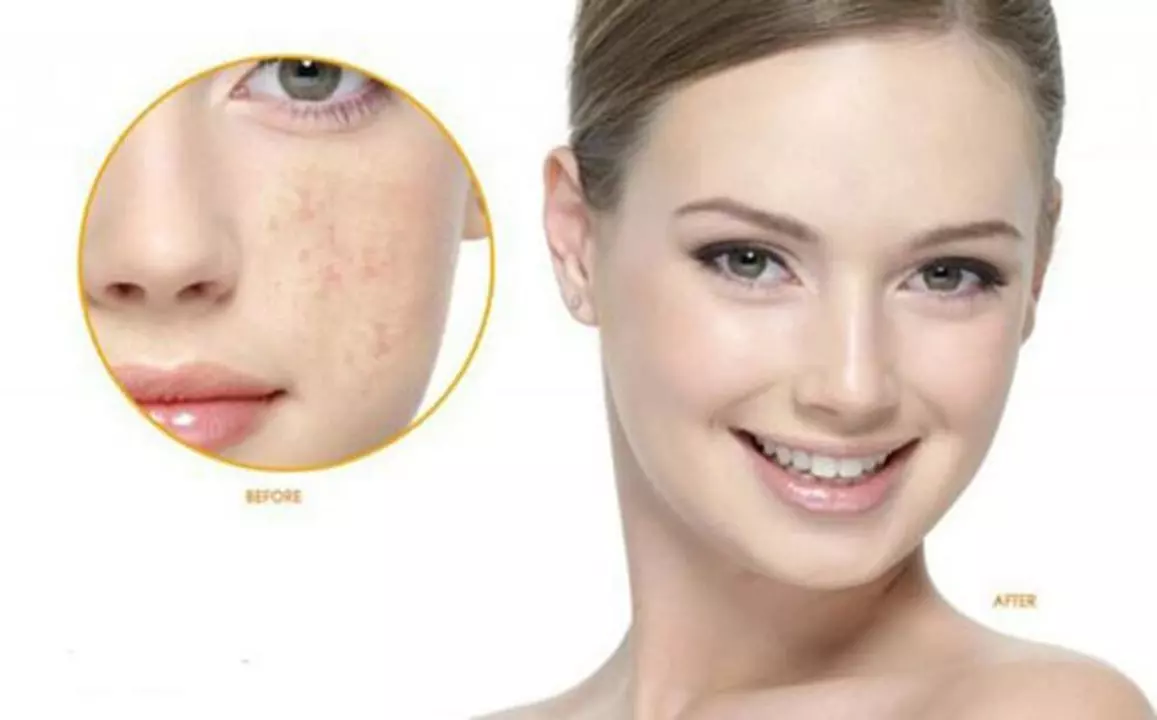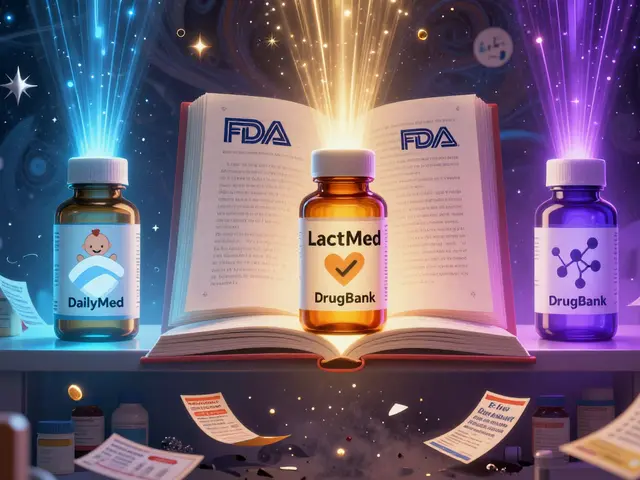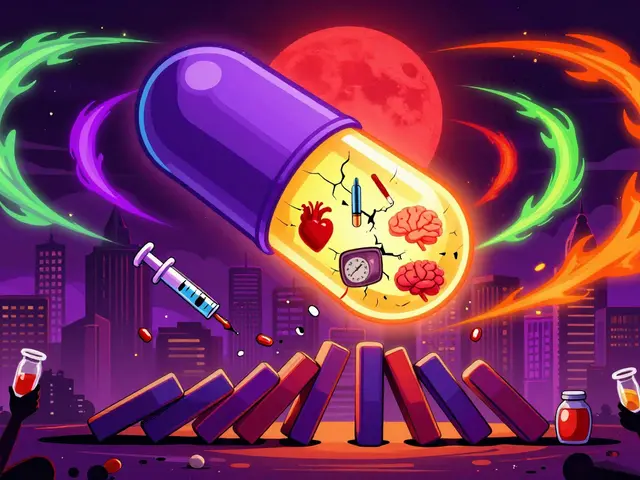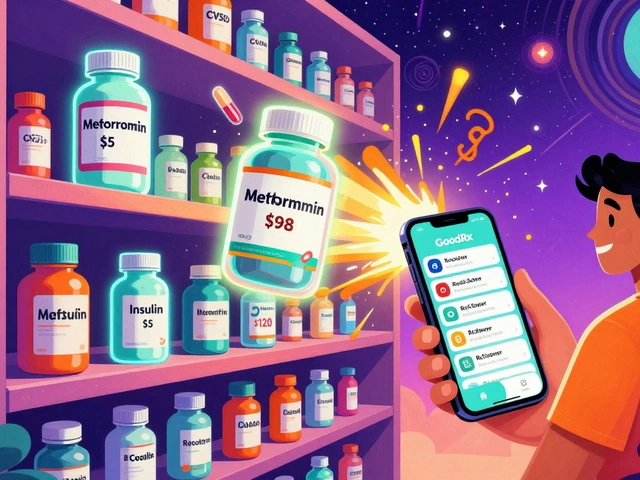Acne: Practical Guide to Clearer Skin
Acne affects up to 85% of teens and many adults. This page gives clear, usable steps to improve breakouts, plus safe options if over-the-counter fixes don’t work. No fluff—just what will help your skin.
Causes and what actually happens: Acne starts when oil and dead skin block a hair follicle. Bacteria multiply in the trapped oil and trigger inflammation. Hormones, genetics, certain medications, and picking at spots make things worse. Diet like high glycemic carbs or dairy may affect some people, but results vary.
Fast at-home steps
Start with a gentle daily routine. Use a mild cleanser twice a day and after heavy sweating. Don’t scrub hard; that increases irritation. Try a product with benzoyl peroxide or salicylic acid for active spots—use one at a time to see how your skin reacts. Over-the-counter retinoids help comedones and skin texture; they work slowly but reliably. Always follow with a non-comedogenic moisturizer and broad‑spectrum sunscreen each morning. Avoid heavy makeup and pick oil-free or non-comedogenic labels.
If breakouts persist after several weeks of consistent care, consider prescription options. A doctor may prescribe stronger topical retinoids, topical or oral antibiotics, or hormonal treatments like combined birth control pills or spironolactone for women. For severe, scarring acne, isotretinoin can be life-changing but requires close monitoring and discussion about side effects. Any oral medication can interact with other drugs, so mention your full medication list to your clinician.
Buying medicines safely online: If you use online pharmacies, pick ones that require a prescription and show clear contact details. Avoid sites offering controlled drugs without a prescription. Check for reviews and pharmacy accreditation when possible. Counterfeit or low‑quality meds can worsen skin problems or harm your health. When in doubt, get a prescription from your doctor and use a verified pharmacy.
When to see a dermatologist right away: Book an appointment if you have painful cysts, deep nodules, fast-spreading acne, scarring, or if acne affects your mood and daily life. A dermatologist can tailor treatments, guide monitoring for side effects, and combine therapies for faster improvement.
Expect slow progress: most topical treatments need 6 to 12 weeks to show real improvement, and some products can cause initial redness or peeling. Always patch-test a new product on a small skin area for a few days before full use. Benzoyl peroxide can bleach towels and clothing, so use carefully. If you’re pregnant, breastfeeding, or trying to become pregnant, ask a clinician before using oral acne drugs or certain topicals—some are unsafe in pregnancy. Lifestyle changes like managing stress, getting enough sleep, and avoiding squeezing pimples help too. If acne harms your self‑esteem, mention that to your provider; treatments can also improve mood and confidence.
Small, steady steps matter most. Start with a simple routine, give it time, and get medical help when needed. Browse our acne articles for specific drug info, safety tips, and practical how‑tos. Start small, be patient, and track what helps you daily.
Melasma and Acne: How to Manage Both Skin Conditions
As someone who has dealt with both melasma and acne, I know how challenging it can be to manage these skin conditions. I've learned that the key to success is understanding the causes and treatments for each condition. Melasma is often caused by hormonal changes and sun exposure, while acne is usually due to excess oil production and bacteria. To manage both, it's essential to use a gentle skincare routine, incorporate sun protection, and consider treatments like chemical peels or laser therapy. Remember, patience and consistency are crucial in achieving healthier and clearer skin.





